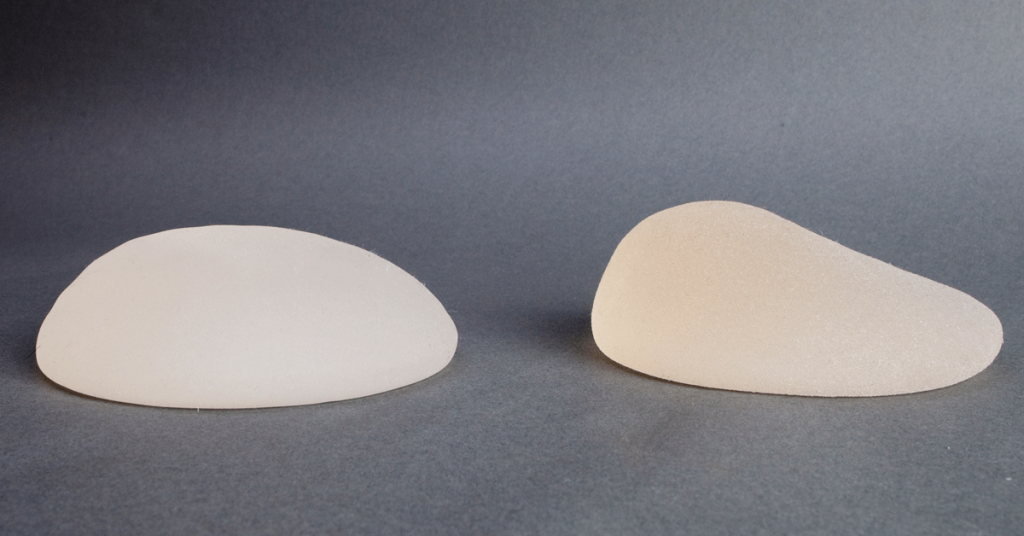Breast augmentation patients at our Chicago practice can rest assured that our board-certified surgeons take every precaution to prevent the development of any unwanted complications. However, any implant surgery carries with it the risk of the body reacting negatively to the new device. No matter the care and precautions taken, capsular contracture is a real, though rare, possibility.
In this blog post, we will look at the condition as a whole and discuss all of the techniques we use to prevent it, as well as the solutions we offer in the unlikely case of breast augmentation complications.
What is capsular contracture?
When an implant is placed under the existing breast tissue, the body reacts to this foreign object by creating a fibrous lining of scar tissue around it called a capsule. Typically, this lining remains soft and is helpful in keeping the implant in place. In capsular contracture cases, this capsule hardens and contracts around the implant.
Capsular contracture can develop along several grades:
- Grade 1: This does not produce any symptoms or interfere with the size, shape, or texture of the breasts. The breasts feel soft, and this is an optimal outcome.
- Grade 2: The breasts usually do not change shape, but may feel somewhat firm to the touch. This is still considered normal, but the breasts can subtly change shape. If one breast has a grade 1 capsule and the other a grade 2, they may not look identical.
- Grade 3: The breasts feel firm to the touch and appear overly round, occasionally with misshapen nipples. This grade usually causes little, if any, pain.
- Grade 4: Patients experience the same symptoms as grade 3, but breasts feel painful or tender to the touch.
What causes capsular contracture?
This condition occurs due to bacteria found on the skin that gets between the implant and the tissue. Even when all precautions are taken, this condition may occur as a reaction by the body. In my long-term experience, I have found that capsular contracture rate in my hands with a couple of thousand patients has been in the range of 1-2% with saline implants, even in implants over 10 years old. Virtually zero of these saline implant procedures have resulted in grade 3 or 4 capsular contracture. The published results of capsular contracture rates from both major silicone gel implant companies are over 10% at 10 years.
How can surgeons and patients lower the likelihood of it occurring?
- Proper surgical procedures. A no-touch technique, which eliminates any contact of the implant with the skin, minimizes the chance of small amounts of bacteria adhering to the implant and causing long-term inflammation and scar tissue. A meticulous technique that results in a dry field and minimal bleeding reduces blood and resulting inflammation. In the extremely rare incidence of a hematoma, prompt surgical evacuation minimizes problems.
- Massage. Some surgeons will explain how to massage the breasts at the proper time to help the healing process. However, do not disturb the tissue—unless and until instructed by your surgeon.
- Post-operative care. Use ice compresses to reduce bruising and swelling in the breasts, and keep the head elevated for 2 to 3 days. If surgical drains are inserted, keep them clean to prevent infection.
For those who have more questions about capsular contracture or breast augmentation in Chicago, we encourage you to request a consultation with one of the board-certified plastic surgeons of TLKM Plastic Surgery. Contact us online or call our practice at (312) 788-2560.



Leave a Reply